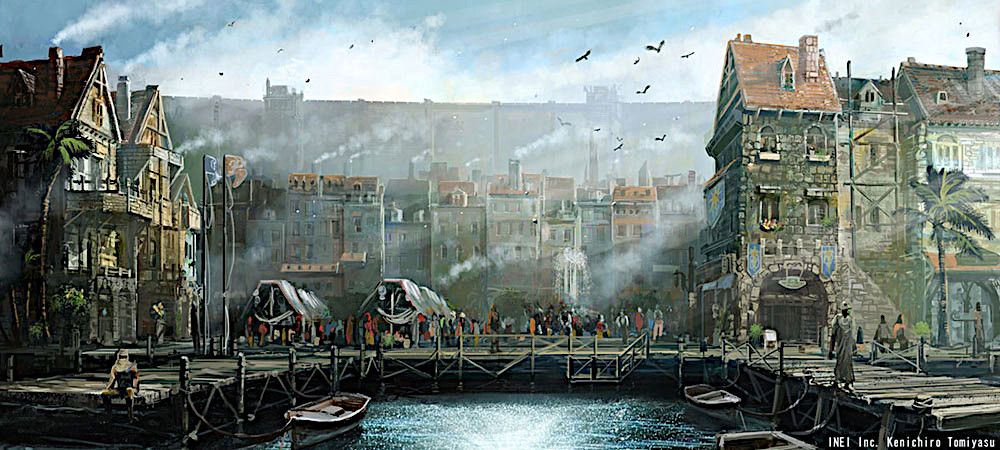Your cart is currently empty!
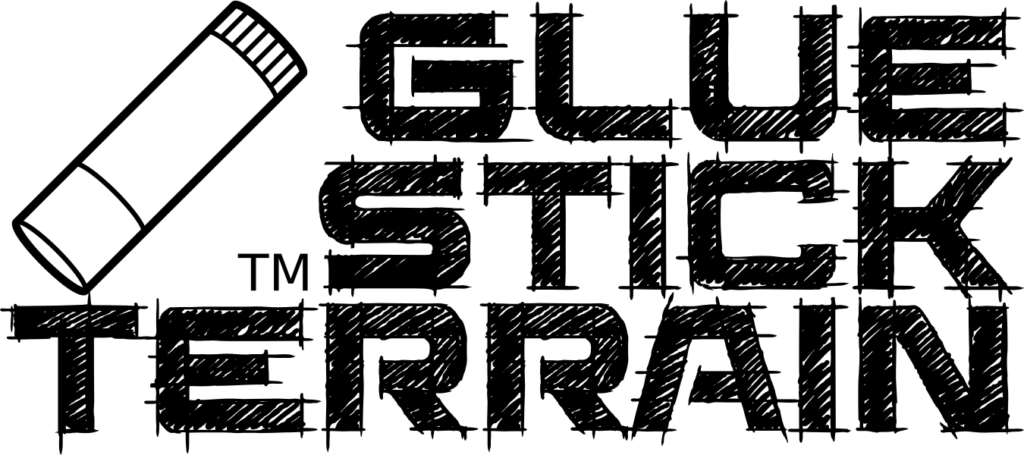
You know that terrain amps up your tabletop game experience. And it makes mapping faster and way easier. But you are not ready to drop a bundle on high-end products.
So start with the versatile modular terrain that doesn’t limit your imagination or break the bank.
Each downloadable Glue Stick Terrain kit contains preprinted images along with easy-to-follow instructions. So you don’t have to be a master crafter to get the professional-looking terrain you want.
And best of all, it’s free.
Contents
Story Drives Engaging RPG Play
Modern RPG adventures are based on story structure. Scenes are the building blocks of stories. Since encounters are the building blocks of an adventure, they act like a scene.
The easiest way to think about a scene is to see it as a location where some action occurs. It is handy to think about encounters the same way.
Both encounters and scenes have a goal. It is the objective the party is trying to achieve.
So you must create a physical location that lets the PCs meet the goal. And you must provide other elements like NPCs, treasure, and experience to enable the party’s success.
But like any good story, there are obstacles in an adventure. Combat, puzzles, and social encounters make the party work to achieve the goal.
Adventures Are More Than A Story
Adventures have a narrative element that traditional stories do not have.
Traditional stories unfold just like the storyteller intended. You have to read one page after another. You have to watch one scene after the other. Characters behave as written. Everything goes just as planned.
Adventures are different. The order in which players experience the narrative is flexible. The PCs, and not the storyteller, determine how the story unfolds.
They control the narrative flow in several ways:
- They decide how to move through the physical locations
- They choose how they will interact with the environment
- They determine their dealings with other characters.
The flexible narrative makes the location an active part of adventures, just like the characters.
Spotlight On The Undead: A More Revealing Guide
5 Powerful Keys To Vibrant RPG World-Building
5 Terrific Ways To Explore Narrative Driven RPGs
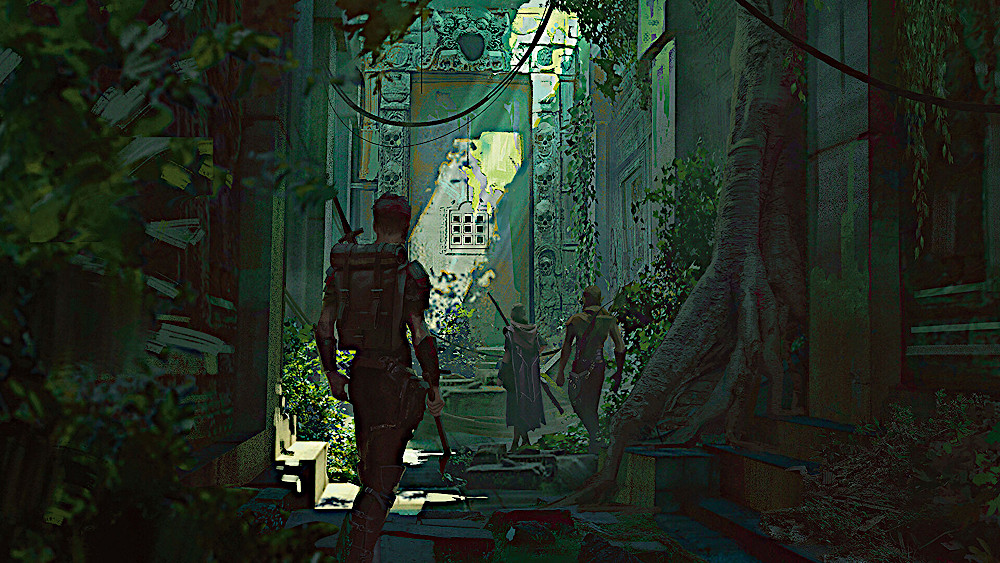
Dungeons
In the earliest days of DnD, dungeons were often bizarre places.
Players had to answer riddles or move like chess pieces on a giant board. The long-dead dungeon builder forced you to negotiate twisty little passages that all looked the same. Your group could step into a chamber only to float away because gravity failed.
Today, players think these kinds of dungeons are silly.
DMs prefer plausible settings that have a working backstory. They use the backstory to inspire the actions within the dungeon.
A plausible reason for a dungeon is to hide or protect something:
- Treasure is often hidden in a tomb
- Dangerous or powerful things are locked in a vault
- Creatures make a lair in an abandoned prison.
So, the DM can use the dungeon to create challenges that only allow the worthy to go through while frustrating the unworthy.
Dungeon Terrain
Dungeon Chambers
The GST Guide To Dungeon Chambers
Dungeon Passages
The GST Guide To Dungeon Passages
Dungeon Doors
The GST Guide To Dungeon Doors
Dungeon Stairs
The GST Guide To Dungeon Stairs
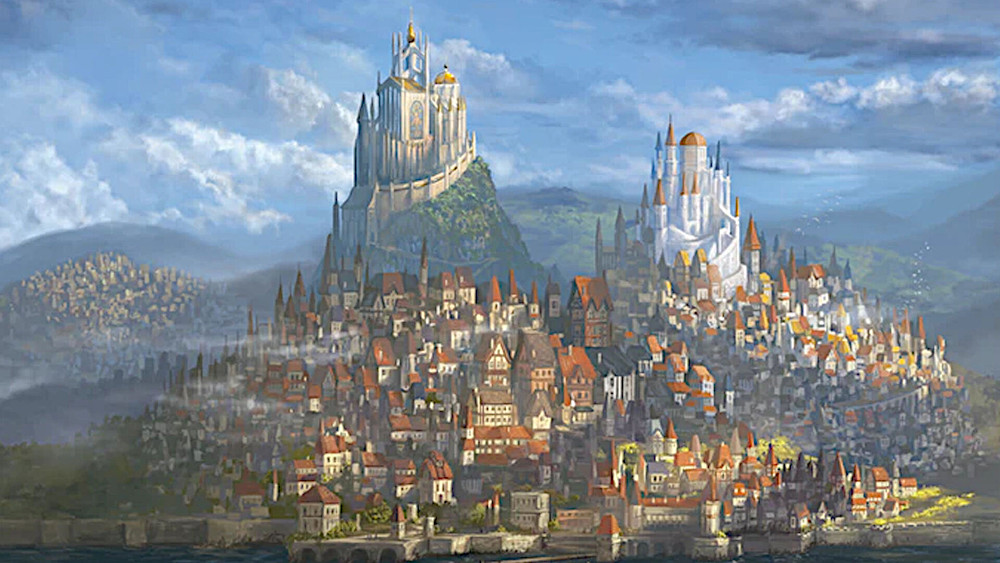
Settlements
Settlements are essential in creating a sense of realism and depth in the game world. Settlements are communities or towns. Here adventurers can find food, shelter, and other necessary services. So they can continue their quests.
They Provide A Sense Of Continuity
Players can return to the same town or village on different quests. So they can witness the impact of their actions on the community. Additionally, settlements can provide a sense of familiarity and comfort in a world full of danger and uncertainty.
They Create A Hub
Settlements are the perfect place to meet Non-Player Characters (NPCs). NPCs are an essential aspect of any RPG game. They can offer players information, rewards, or other necessary services. Players can advance their character’s skills or obtain valuable items. Plus, they provide a neutral ground for interaction, away from the dangers of the open world.
They Are A Source Of Quests
Players can learn about quests from NPCs. Also, they can learn about them on notice boards. These quests can range from simple errands to complex dungeon delves. The rewards can be anything from gold to magical items. All of which lead to exciting and challenging adventures.
Settlement Terrain
Roads
Sewers
Walls
This Glue Stick Terrain Guide shows beginners how to create immersive RPG gameplaying worlds using low-cost, versatile, modular terrain.
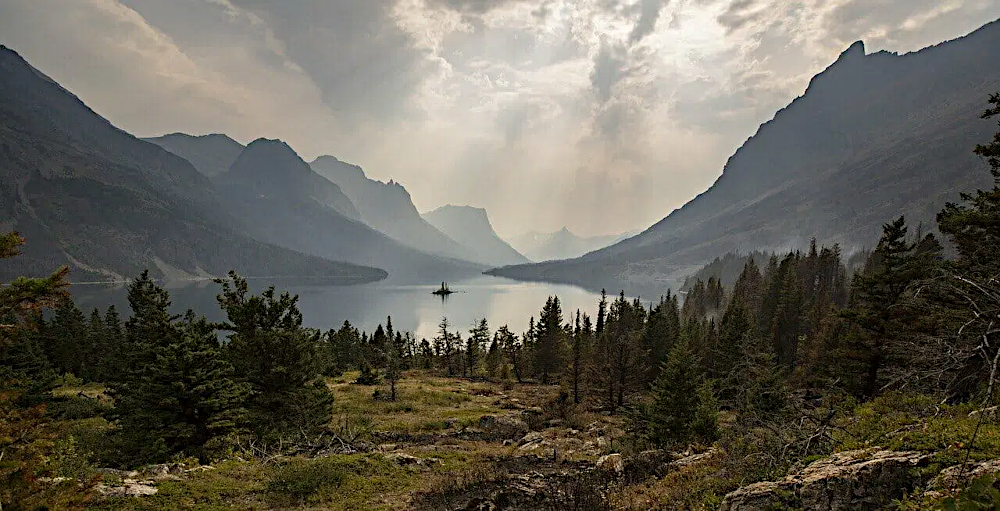
Wilderness
